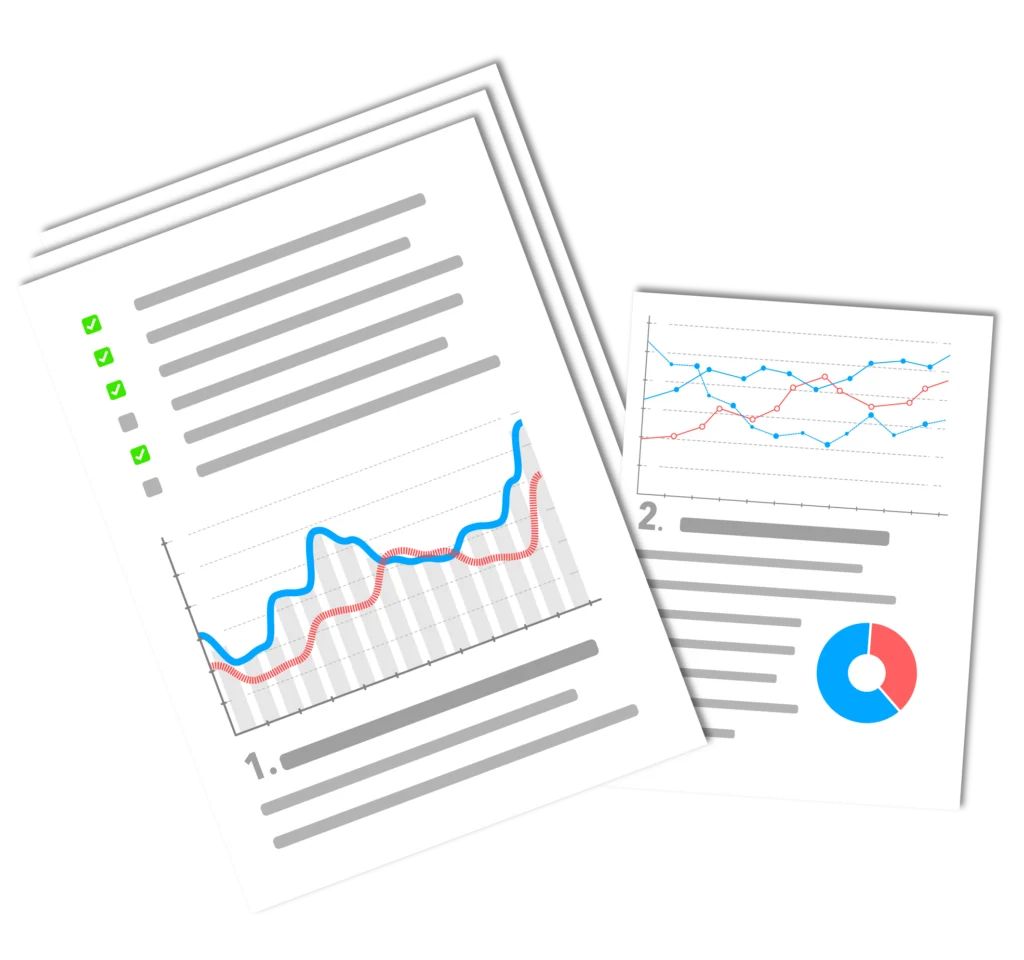As soon as several people work on a blog or as soon as someone is allowed to register, it is important to know which user roles exist in WordPress and what they mean.
What do the user roles mean in WordPress?
In principle, in the respective Dashboard of the user, according to role management, only contain the functions that the corresponding user is authorized to operate. This means that users with fewer rights do not have the opportunity to do things that they are not authorized to do. For all roles, you must first register in the blog or have the administrator register you.
The following are the roles in order of most rights.
Administrator = Admin
The administrator, or admin for short, has the most rights and can therefore do everything. Administrator rights are given to someone you trust one hundred percent or who is contractually bound in such a way that they can be prosecuted if their rights are abused. The administrator should have a good technical understanding of WordPress and, if necessary, knowledge of PHP and SQL.
If you have two administrators, one administrator can delete the other, regardless of which one was entered as administrator first. For security reasons, the administrator's user name should never be Administrator or Admin.
For example, the administrator can create themes and Install plugins, edit and invite or register new users, which others cannot do.
Editor = Editor
The editor may write, edit and publish all articles and pages. They can therefore not only edit their own articles and pages, but also the articles and pages of all others. This makes their role very similar to that of a traditional editor, as they have a wide range of responsibilities.
Author = Author
The author may write, edit and publish their own articles. They may save the article as a template or draft or for review or pending review.
The author therefore still has a great deal of influence on the look and feel of the blog and should coordinate with the others when and how often to change the blog in order to ensure an optimal and efficient web presence.
Employee = Contributor
The employee or contributor may write articles, but not publish them. The employee's articles are saved as a template or draft or for review or pending review and must be released or published by a user with more rights. A contributor can of course edit their own article and at the same time see all other articles without being able to edit them.
The role of employee or contributor is therefore advisable in environments where there is a certain hierarchy or where there are major differences in the qualifications of employees. When using this role or function, it should not be forgotten that monitoring naturally involves additional time expenditure for the line manager.
Subscriber = Subscriber
The subscriber has his own profile, which he can edit. The administrator can set WordPress so that a user must register before he can post a comment. Normally, however, the default setting is that any user can post comments.
Bloggen ist gelebte Kommunikation. Also sollte man diese Grundeinstellung so lange so belassen, bis Zeit und Geld dagegen sprechen. Man sollte allerdings nie vergessen, dass jede Einschränkung dem Nutzer auch den Spaß nimmt zu partizipieren, Anregungen zu liefern und sich selbst einzubringen.


